Kicker Rock, or Leon Dormido as it’s known locally, is an awe-inspiring rock formation off the coast of San Cristobal Island and is celebrated as one of the top snorkeling spots in the Galapagos. It’s a must-visit for anyone exploring the islands, offering both natural beauty and incredible marine life.
Located about an hour and a half northeast of Puerto Baquerizo Moreno, Kicker Rock is a towering remnant of a vertical tuff cone, reaching nearly 153 meters (500 feet) above the ocean’s surface. Accessible only by boat, visits here are always guided to ensure safe and respectful exploration of the area.
Over time, erosion has shaped Kicker Rock into its unique form, which some say resembles a shoe, hence the name. Others see it as the silhouette of a sleeping sea lion, or Leon Dormido in Spanish, adding a bit of Galapagos legend to the experience.
You can also check out video from Kicker Rock in my video:
Looking back, visiting Kicker Rock required careful planning – from choosing the right tour option to timing our visit for optimal marine life viewing. Skip the uncertainty I faced and get a FREE personalized Galapagos trip quote from my trusted local experts who know exactly how to prepare you for this incredible snorkeling adventure. Your booking helps support both this blog and local Galapagos communities.
Plan perfect trip to Ecuador & Galapagos
I spent countless hours researching everything about traveling to Ecuador, and I created this blog for fellow travel enthusiasts who want the best, most reliable information. But if you want to save time, we’ve partnered with the top local agency to plan your dream trip.
Wildlife in Kicker Rock
Kicker Rock is a thriving habitat for a wide variety of species, so if you have the chance to visit, it’s an experience you won’t want to miss. Above the water, you’ll spot several kinds of marine birds soaring and nesting along the cliffs. We were lucky enough to see blue-footed boobies, masked boobies, and frigatebirds perched on the rock’s rugged edges, along with a few sea lions lounging along the coast.
The real magic, however, lies beneath the surface. Kicker Rock is renowned as one of the best places in the Galapagos to see Galapagos sharks in their natural environment, and with a bit of luck, you might even spot the occasional hammerhead shark cruising through these waters. It’s a breathtaking spot for anyone looking to dive into the fascinating underwater world of the Galapagos.
We witnessed sea turtles, marine iguanas, rays, Galapagos sharks, tropical fish, and even hammerhead sharks while snorkeling near Kicker Rock.
How to Get to Kicker Rock
There are two main ways to reach Kicker Rock in the Galapagos: you can either take a Galapagos cruise that includes a stop at León Dormido or book a boat tour from San Cristobal Island.
From San Cristobal, there are two types of boat tours available. The first is a straightforward trip that includes a boat ride to Kicker Rock for snorkeling, followed by a relaxing break on a nearby beach. Depending on the day, this beach stop might be at Puerto Grande, Cerro Brujo, or Manglecito, as determined by the Galapagos National Park’s guidelines.
Alternatively, the “Tour 360” offers a complete circuit around San Cristobal Island, which also includes a snorkeling stop at Kicker Rock.
Both of these tours provide everything you need for snorkeling: fins, masks, snorkel gear, and even a swimsuit, along with lunch served on board. Some excursions are tailored for both snorkelers and divers, while others are exclusive to snorkelers. This flexibility makes it easy to find the perfect Kicker Rock adventure to fit your interests.
Snorkeling at Kicker Rock
We visited Kicker Rock as a part of Tour 360. Snorkeling at Kicker Rock was one of the highlights of the tour and we all enjoyed our time there.
I hadn’t fully understood the intensity of the currents between Kicker Rock’s towering formations until we plunged into the water. The crew had carefully positioned us on the right side of the passage, where they gave us the go-ahead to swim toward the canal, navigating the shifting currents.
Peering down about twenty to thirty feet below, we spotted dozens of Galapagos sharks gliding through the depths. Our guides bravely dove down ten to fifteen feet to get closer, letting the sharks’ natural curiosity bring them near. Watching these incredible creatures move so gracefully beneath us was both nerve-wracking and awe-inspiring. It’s an experience that left us with a profound respect for the beauty and power of the Galapagos marine life.
We were thrilled to come face-to-face with sea turtles as they glided gracefully around Kicker Rock, looking almost like they were flying through the water. They moved effortlessly along the rock walls, nibbling on algae, and occasionally mingling with the colorful reef fish that filled the area. It was mesmerizing to see so many vibrant species together, including Mexican hogfish, yellowtail surgeonfish, parrotfish, Sergeant major fish, pufferfish, hawkfish, rainbow wrasse, and countless others. The sheer diversity of marine life made the underwater world around Kicker Rock feel like a living, breathing work of art.
Best Time to Visit Kicker Rock
The best time to dive near Kicker Rock is from December to May, when the water is warmer and clearer, offering snorkelers optimal visibility to take in the incredible marine life. However, even if you visit during the colder months, the vibrant underwater scene more than makes up for the chilly water. Once you’re surrounded by the abundance of creatures swimming around, you’ll quickly forget about the lower temperatures as you get lost in the magic of Kicker Rock’s marine world.
What to Pack for Kicker Rock Trip
- Sandals for Hiking
- A change of clothes
- Swimming suit and gear
- Water bottle
- A hat and sunscreen
- Snorkeling suit (tour operators usually provide mask and fins)
- A lightweight jacket for the return journey
Trust me, while Kicker Rock is amazing, combining it with other San Cristobal highlights makes for an unforgettable adventure! Want an expertly planned itinerary that balances snorkeling with sharks and other incredible Galapagos experiences? Get a FREE quote from my recommended local agency who can ensure the best possible underwater encounters. Your booking supports this blog and local Galapagos businesses.
Have questions about your upcoming Galapagos trip? Join my Galapagos Reddit community and ask other travelers who recently visited the islands. Get up-to-date tips, real experiences, and honest advice from other travelers (I ban tour agencies and resellers).
Snorkeling Tips and Recommendations
Snorkeling at Kicker Rock requires the guidance of a National Park guide, as its offshore location makes it susceptible to waves and currents. The guide assesses sea conditions carefully to choose the calmest area for snorkeling, ensuring a safer experience. On calm days, there’s a narrow canal through the rock, about 6 meters (20 feet) wide, where you can swim through and back out, adding an exciting element to the adventure.
It’s worth noting that visibility here can vary significantly depending on the currents, so some days are clearer than others. Given the challenging water conditions, varying visibility, and depth, Kicker Rock is best suited for experienced snorkelers, and it’s not recommended for children or beginners.
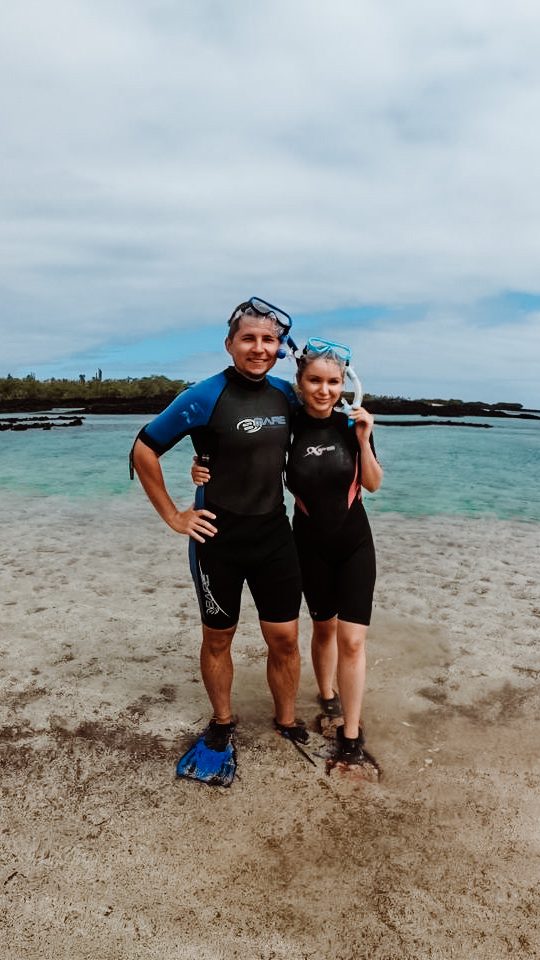
Planning trip to Galapagos Islands?
My wife and I spent two weeks on these magnificent islands, visited nearly every possible tour, and explored as much as we could. I shared all the important details in my comprehensive Galapagos Islands Travel Guide, where I cover everything you need to know about planning a trip to the Galapagos.
Galapagos Islands travel might surprise you with extra fees to enter the islands, the complicated logistics between islands, booking tours, and knowing which spots are free to explore and which ones are not. I’ve covered it all in this Galapagos Travel Guide.
Also, if you’re planning a trip to the Galapagos, make sure to use my link for discounted hotel prices via Booking.com. It really helps support my blog!
Bottom Line
Kicker Rock is an absolute must for anyone seeking a truly breathtaking snorkeling adventure. This expedition became one of the standout highlights of our entire Galapagos journey. With its incredible marine life and unique underwater landscapes, Kicker Rock offers a diving and snorkeling experience that no explorer should miss. It’s a place that stays with you long after you’ve left, capturing the essence of what makes the Galapagos so extraordinary.
Plan perfect trip to Ecuador & Galapagos
I spent countless hours researching everything about traveling to Ecuador, and I created this blog for fellow travel enthusiasts who want the best, most reliable information. But if you want to save time, we’ve partnered with the top local agency to plan your dream trip.

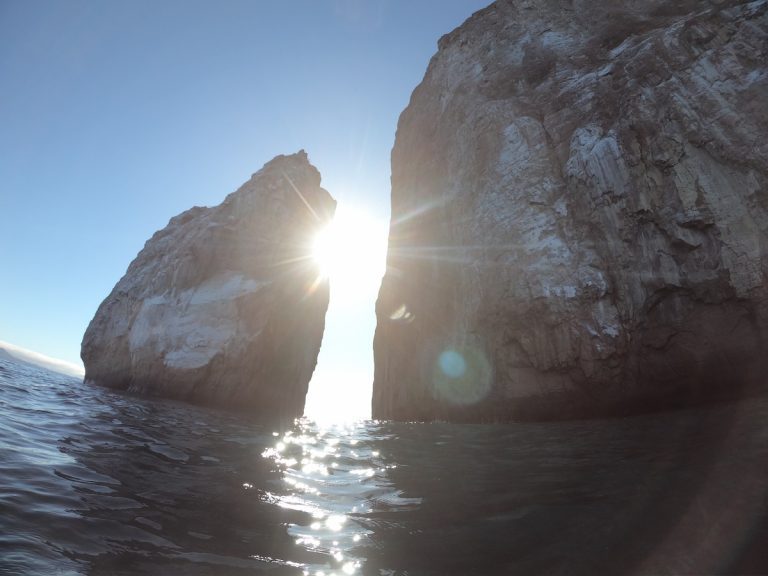
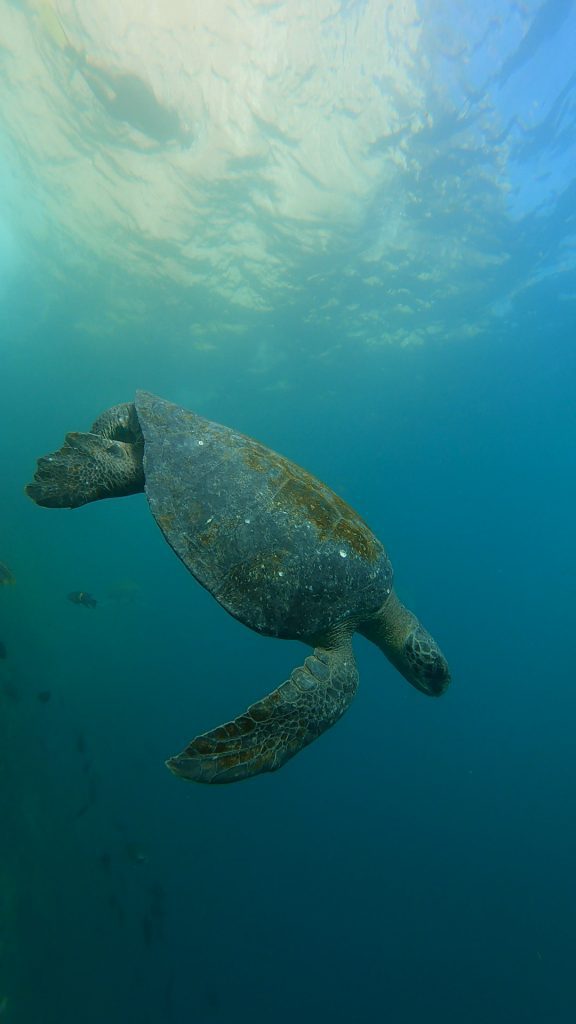
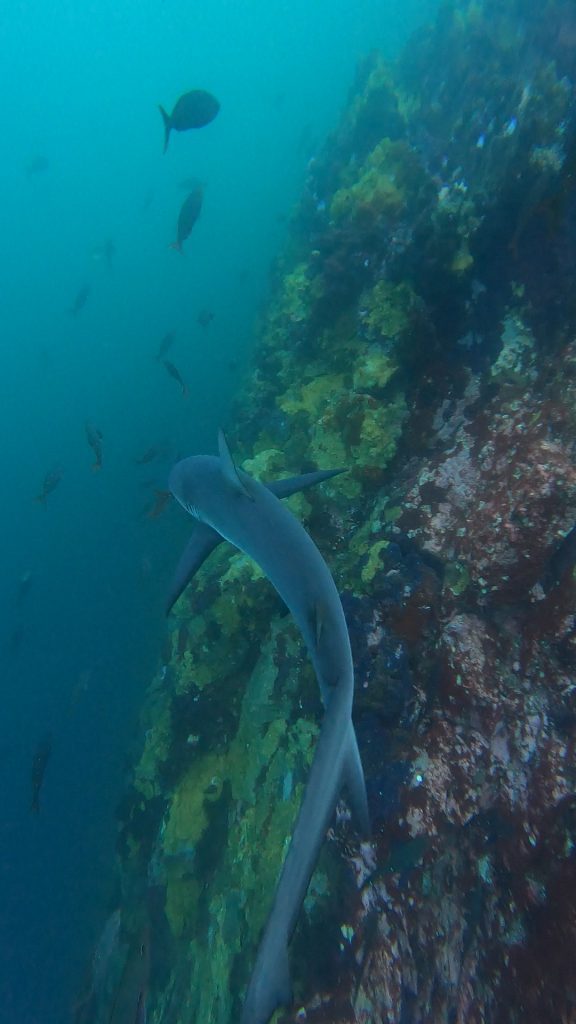
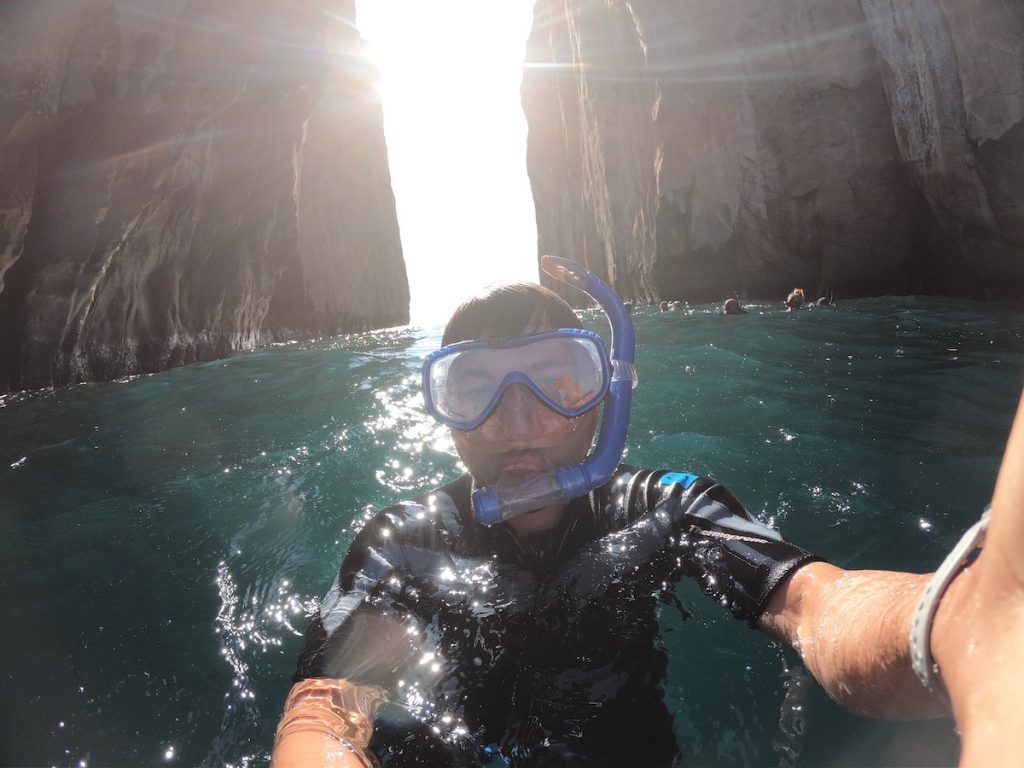
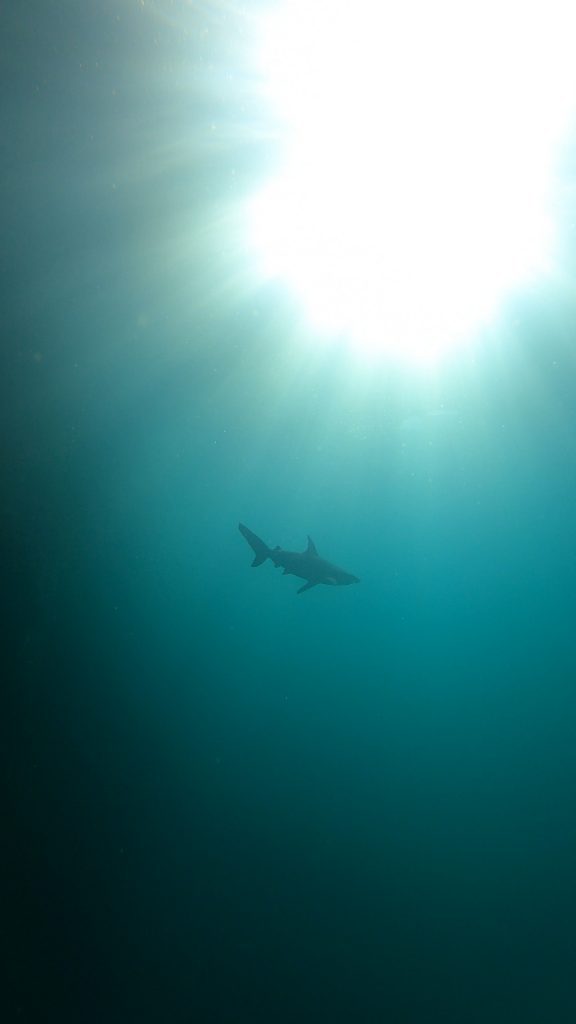
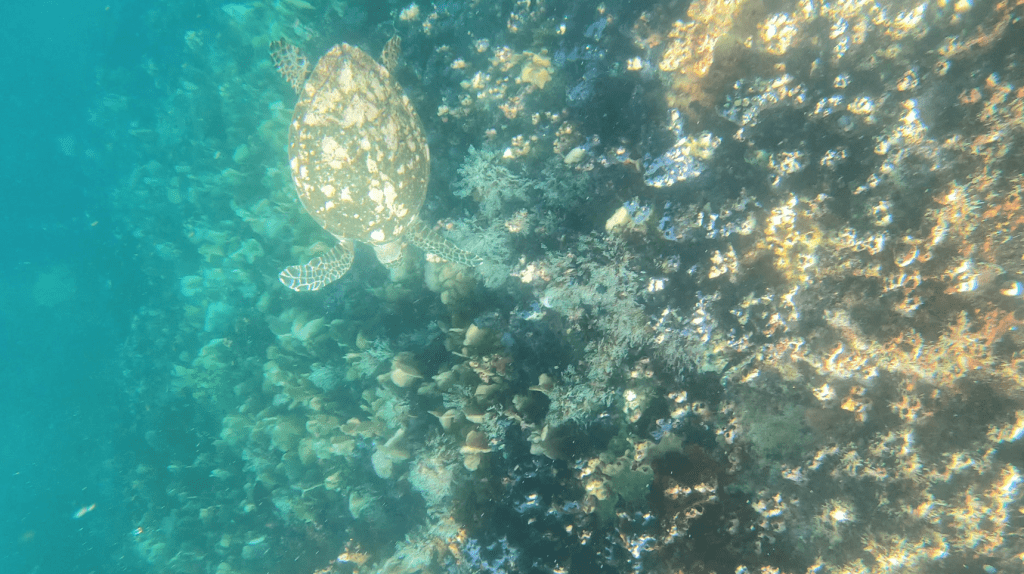
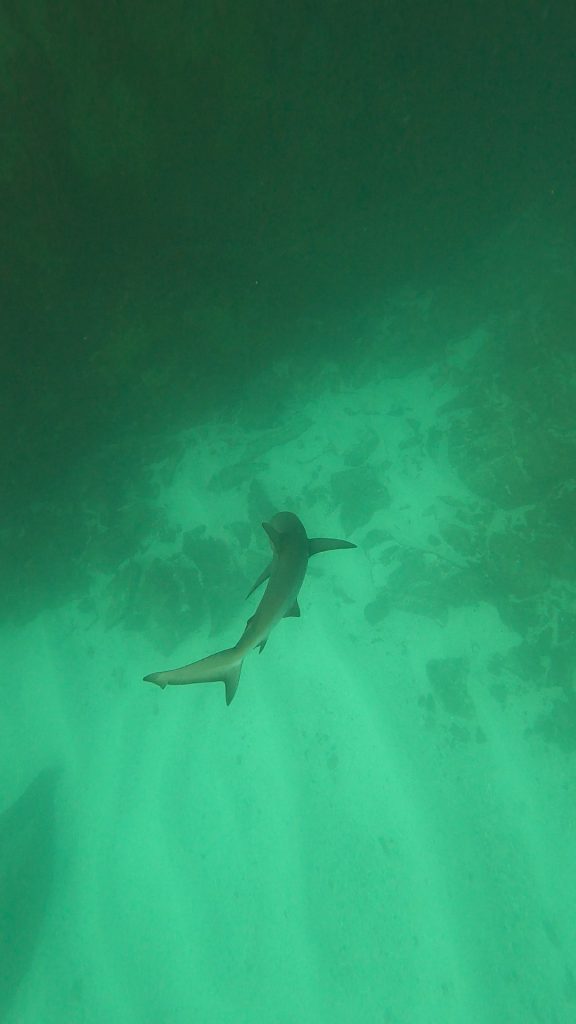
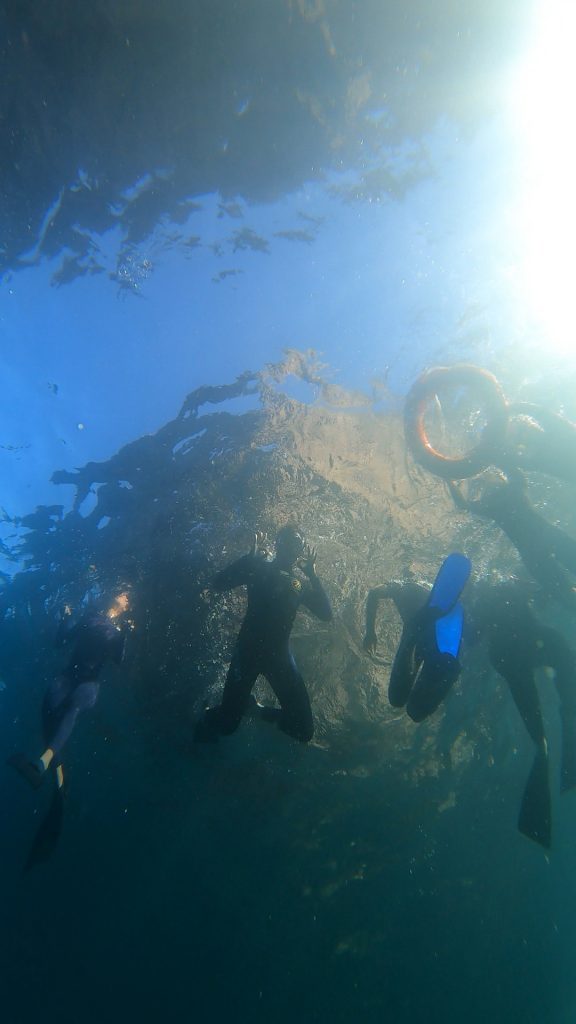
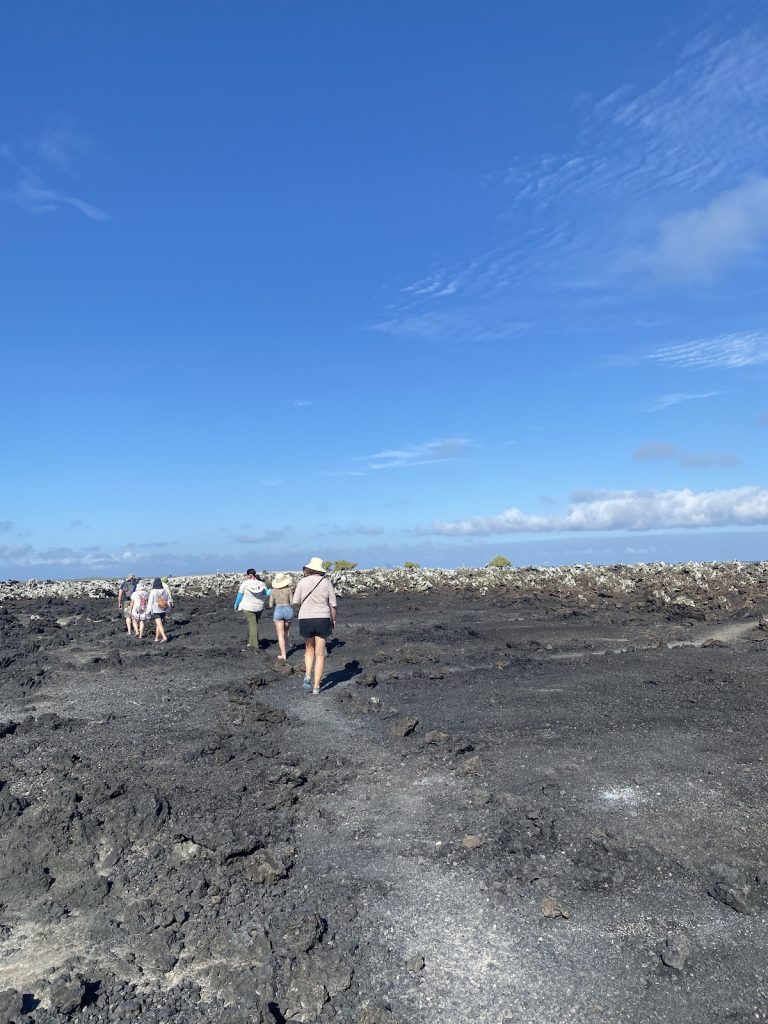


How much it cost to go for tour 360 from
San christobal island? Where does the tour start ?How many hours it takes total
I shared my experience here: https://mytrip2ecuador.com/tour-360-at-san-cristobal-island-galapagos/